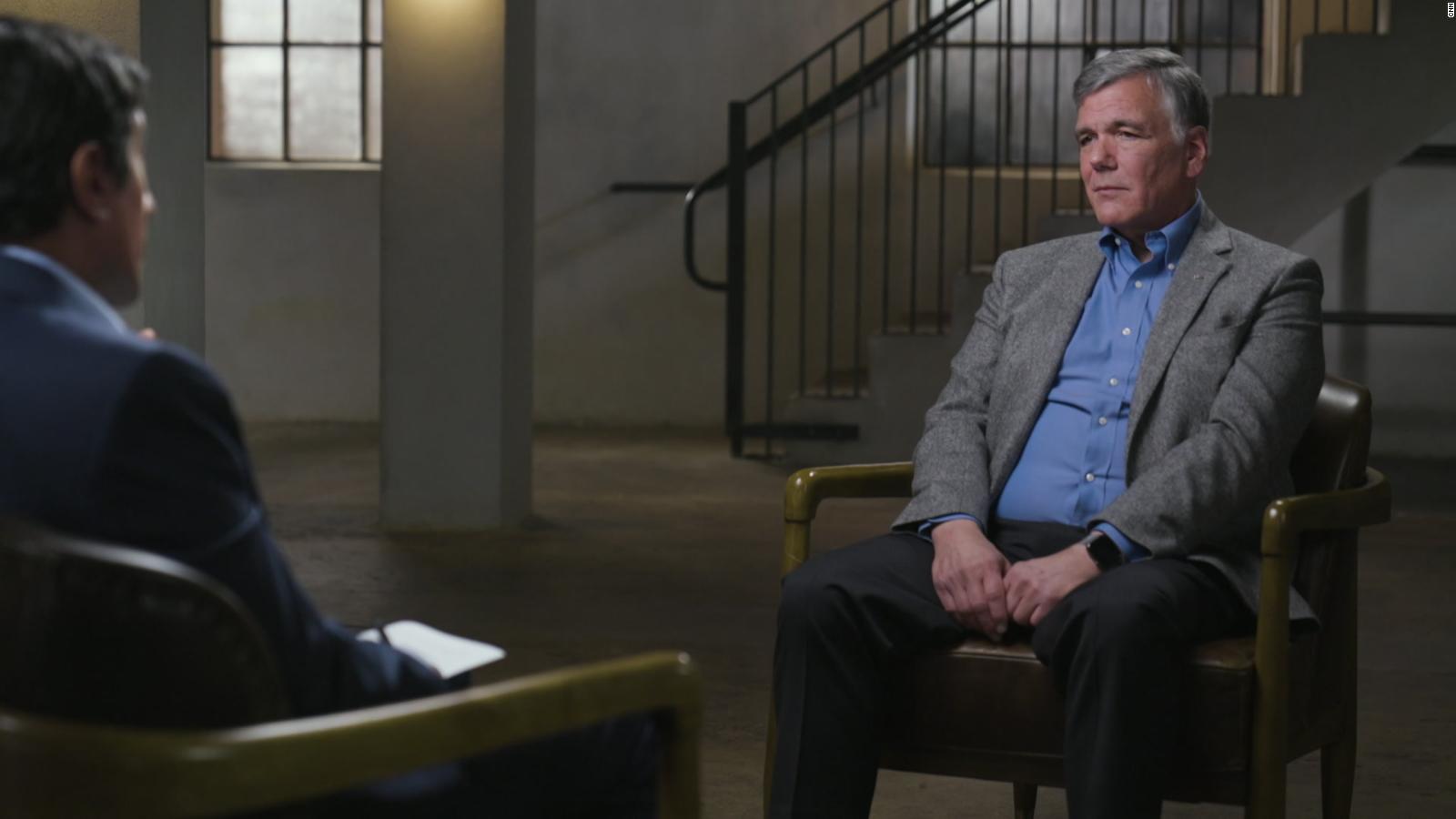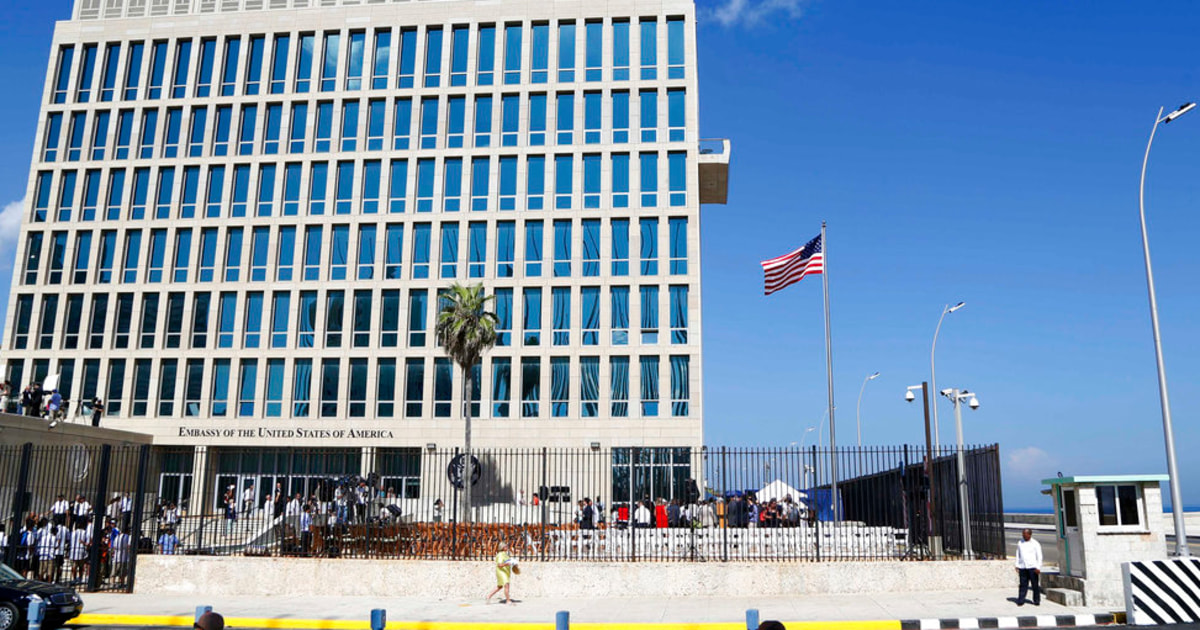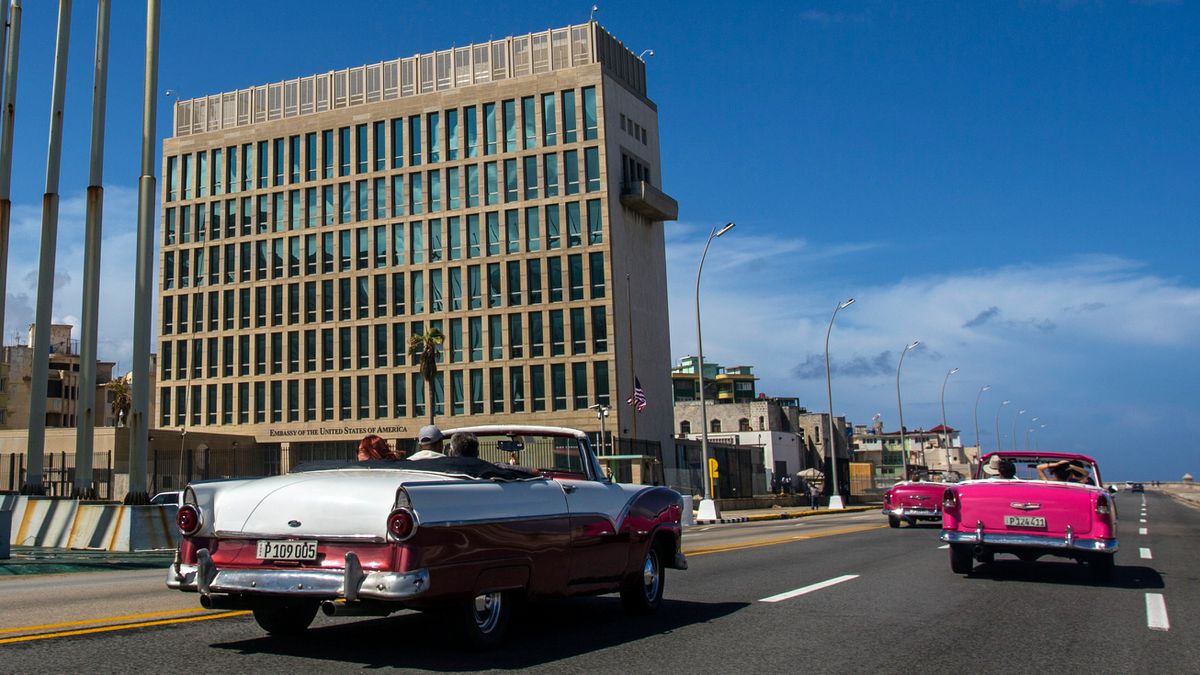The CIA has not found any country behind the "Havana Syndrome" 1:35
(CNN) --
CIA physician Dr. Paul Andrews was one of the first people sent to Havana, Cuba, to investigate a series of mysterious health incidents affecting embassy and agency personnel. in 2017, when he was struck by the same set of debilitating symptoms, he told CNN Chief Medical Correspondent Dr. Sanjay Gupta in his first public interview for a CNN Special Report: "Immaculate Concussion: The Truth About Havana Syndrome" .
Andrews, who uses a pseudonym to be able to speak publicly, had already been studying the first victims of what has come to be known colloquially as "Havana syndrome" or officially as "anomalous health incidents."
Doctors in Florida had recorded a series of symptoms that suggested that the victims suffered a brain injury that affected their balance, among other things.
Andrews traveled to Cuba to investigate about two months after learning of the first cases.
At first he wasn't too worried about his own safety.
On his first night, she went to sleep around 11:30 pm in her hotel room.
But shortly before 5 am she woke up with severe pain in her right ear, nausea and a terrible headache.
Next, she began to hear a clicking noise that previous victims had reported hearing at the onset of their symptoms, a sound Andrews had only heard before in audio clips.
His first thought was that he was dreaming.
"This can't be happening. I sat on the edge of the bed for a minute, and things just kept getting worse and worse," she recalls.
"I'm really in disbelief. And I'm starting to think, is this a dream? I had no idea."
advertising
Suspecting some kind of sonic attack by officials at the time, Andrews went into the bathroom and sat with headphones on for 45 minutes.
The symptoms did not subside and at 6 am he decided to pack his bags and leave the room.
But he found that he could barely pack his bags.
He checked the bathroom "at least four or five times" to make sure she had her toothbrush, then did the same, getting her coat out of the closet.
When he went to meet his colleagues in the hotel cafeteria, he couldn't tell if he should push or pull the doors.
And he realized that his balance was "very bad".
Certain that he and his companions were being watched, he tried to tell them quietly that he thought he might be hurt, but he wasn't sure they understood.
For the rest of the day, Andrews said he was in a foggy state: nauseated, disoriented and having trouble performing basic tasks like counting money and showing his ID card to security personnel.
When he returned to the United States, he called the same Florida doctor he had worked with to investigate the original victims, telling him he needed help.
a mysterious illness
Anomalous health incidents - AHI for short - remain a source of mystery and debate within the intelligence community.
A group investigating the incidents, which have affected dozens of US officials around the world, said some of the episodes "convincingly" could have been caused by "pulsed electromagnetic energy" emitted from an external source.
But the panel did not reach a final determination.
US Intelligence Community Report Says "Pulsed Electromagnetic Energy" Could Cause Havana Syndrome
An interim report released earlier this year by another CIA task force examining who might be behind the episodes concluded it was unlikely that Russia or any other foreign adversary was waging a widespread global campaign designed to harm officials. Americans.
But the agency also did not rule out that a nation-state (including Russia) could be responsible for some two dozen cases that investigators have been unable to explain by any other known cause.
In short, the sources say that, after years of investigation, the intelligence community is no closer to determining who or what is causing these injuries, or even if all of the roughly two dozen unsolved cases are caused by the same actor or mechanism.
Some victims, now including Andrews, expressed concern about how the agency handled the first batch of cases.
Former CIA officials have alleged that their injuries were not initially taken seriously by CIA leadership, in part because many of the symptoms were subtle and could be associated with any number of known health conditions.
"The story was going down the wrong path. And no matter what I did or said to people, it just kept going," Andrews said.
"In fact, to this day, a lot of the things that were done felt inappropriate to me."
Some officers who were affected didn't want to report for fear of hurting their careers, Andrews said.
"Another person, at one point, told me as an aside that they thought she might have been hit and had hearing problems or pain in her ear," he said.
"And I said 'are you going to report this?' And they said 'absolutely not.'"
Victims have widely praised the handling of CIA Director Bill Burns, and the Joe Biden administration has been careful to avoid any suggestion that it is not taking victims seriously.
"I think we've made significant progress in ensuring people get the care they need and deserve," Burns said in public remarks at the Aspen Safety Forum in July.
"We tripled the number of full-time staff in our medical office dealing with this issue. We built very important relationships, not only with Walter Reed, but also with private medical systems to make sure people got the care they needed."
Congress passed a law in 2021 requiring compensation to victims, and some of those payments have already been made, according to a source familiar with the matter.
The CIA declined to comment for this article.
The Biden administration is preparing to compensate some victims of the 'Havana syndrome'
with up to US$200,000
Five years later
More than five years later, Andrews continues to suffer from debilitating symptoms.
He still has balance and vision problems that have made it nearly impossible for him to operate normally.
He has trouble reading, hiking, or jogging, as it makes him nauseous, and he forgets being in a crowd in a museum: turning his head left and right to look at art and avoiding bumping into other patrons makes him dizzy and nauseous.
"There comes a point where you don't want to leave the house because you're like 'what's the point?' I want to go do this, but I know it's going to make me sick," he said.
"I don't want to be nauseous. I don't want to trip and fall. It's very frustrating that all those things you want to do you can't do," he said.
Andrews has been examined by a series of doctors, who found damage to his vestibular structures, the parts of the body that govern balance and orientation.
But like many AHI victims, Andrews lacks a single, clear diagnosis.
Some victims have been diagnosed with traumatic brain injuries, which he questions because although he says AHIs are clearly brain injuries, they seem to him to be a different type of brain injury than doctors have seen before.
For Andrews, like the intelligence community, there is little more certainty about who or what is behind this strange phenomenon than when he traveled to Cuba in the spring of 2017.
"I certainly learned more about the condition than I wanted to learn," he told Gupta.
Havana syndrome









